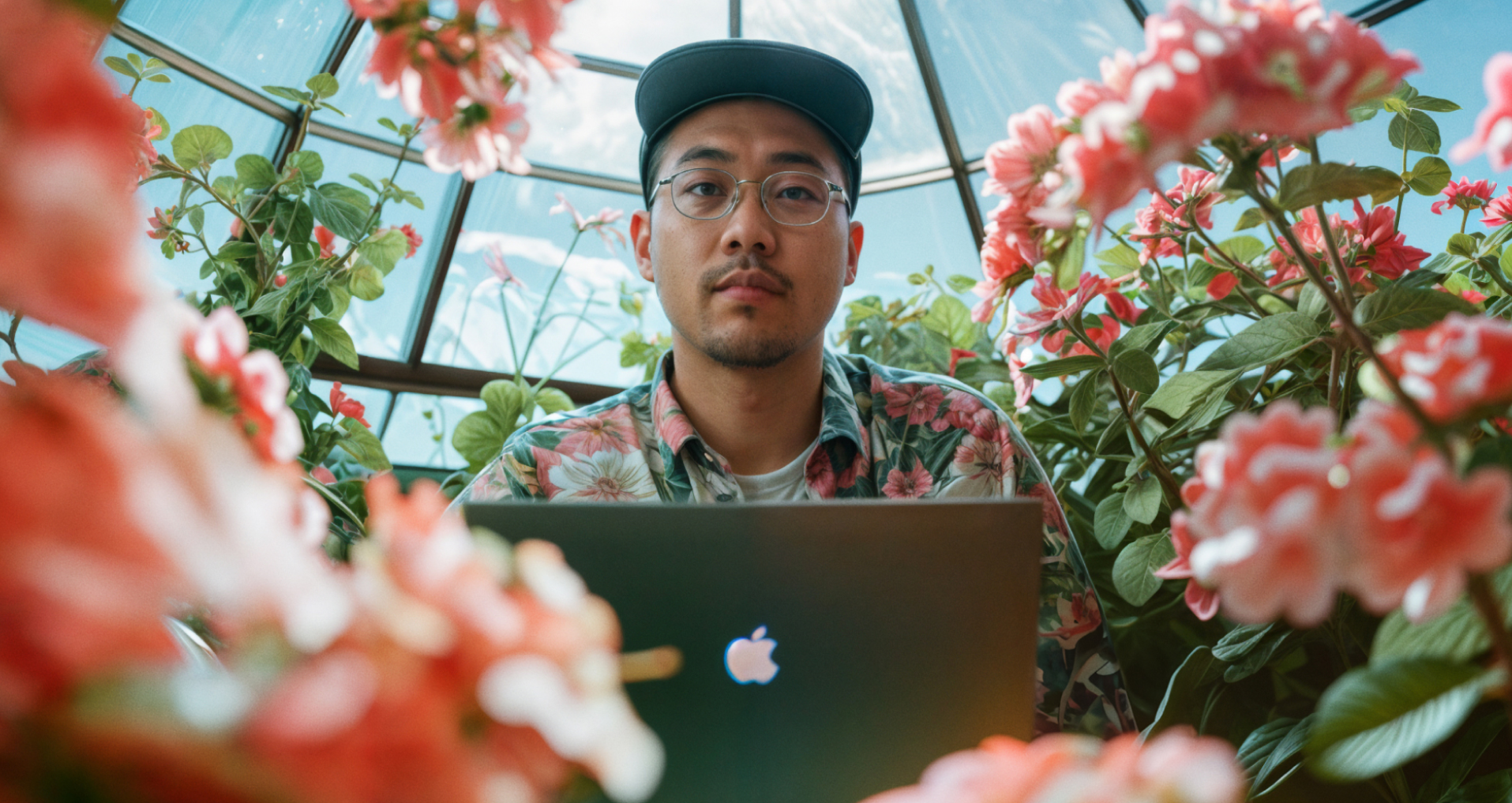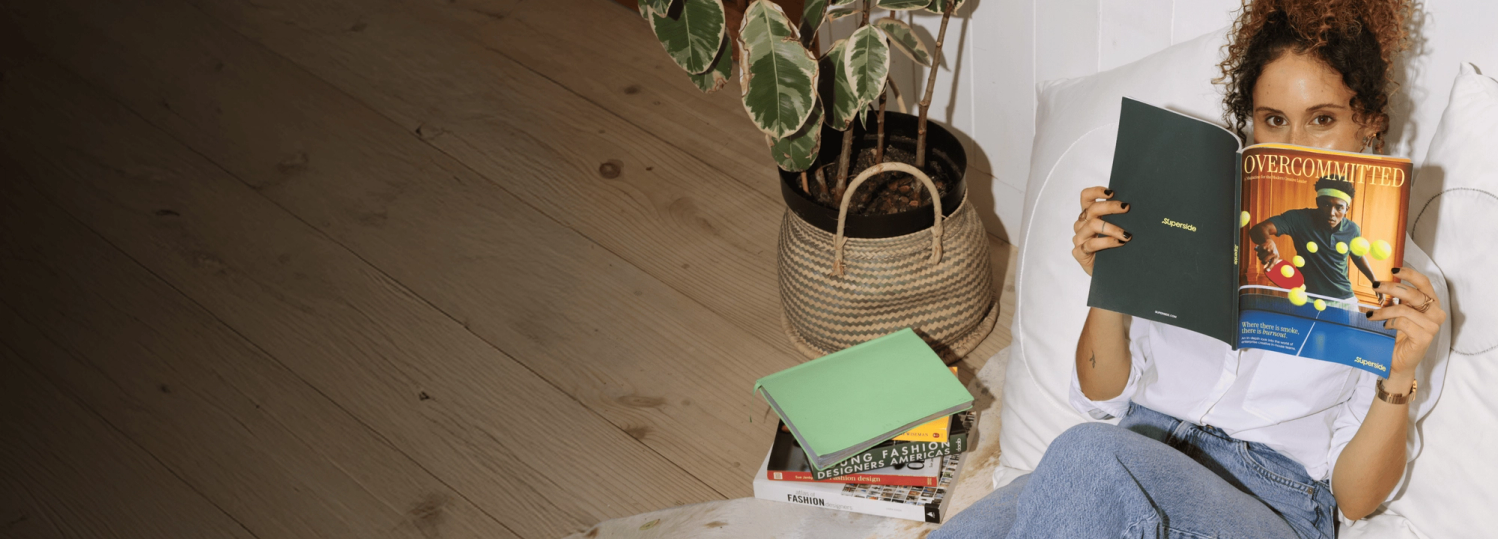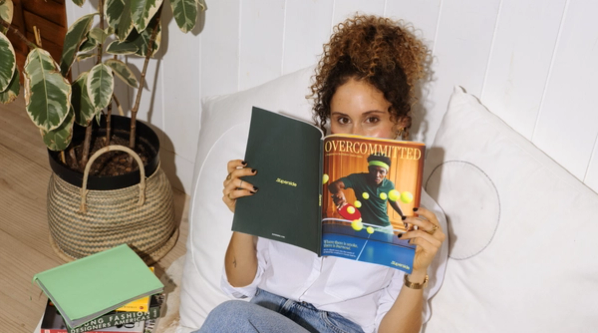Bottlenecks, briefing and flaming burgers


What happens when Superside CMO Jen Rapp joins the Marketing Millennials Podcast for a spirited conversation about why creative teams are burned out? Find out.
Love The Marketing Millennials podcast? So does Superside CMO, Jen Rapp. When she was invited to come talk about the struggles of in-house creative teams, her podcast-bucket-list-moment turned into an insightful look into the inner workings of internal creative teams.
In addition to how she became an accidental marketer, she shares why these teams are so stressed, how to better communicate with creatives right from the start and why you can’t always predict what will perform—the flaming burger edition.
One of the most overlooked challenges, bottlenecks
As someone who has been running creative teams for the last 10 years, the biggest problem creatives face today is bandwidth.

First, there was digital transformation, now there’s AI. These days, creative teams are asked to produce more than ever—a time when they’re also the most under-resourced.
With more creative requests coming in than creative flowing out, the creative team becomes a bottleneck. If Queen’s Under Pressure is starting to play in your head, it’s no accident. When workflows break down, so do the people—the creative team and the teams they serve.
🎙️Audiophiles, here's the episode link.
Start with a really strong brief
A great brief isn’t just a task list—it’s a roadmap, a vibe check and a creative spark all in one.
Give clear directions. Show examples. Reference styles, moods and inspirations. If you say, "Make it fun," expect a thousand interpretations. But if you say, "Coachella meets Disneyland," they’ll know exactly where to go.
Creatives thrive with direction, not guesswork. The more context you provide, the faster they’ll get it right—and the better the final outcome will be.
You can’t always predict what actually performs
True story: When Rapp joined DoorDash, she saw this outdated direct mail piece—a flaming burger flying through space in a cringe-worthy design. She thought, never again. Turns out, it was the highest-performing mailer ever. Nothing trendy or polished could beat it.
Lesson learned? Data over ego. Instead of reinventing the wheel, she reflects that she should have asked. “Why is this working? How do we build on it?”
Great marketing isn’t about personal taste—it’s about knowing what resonates and leaning into it.
Ex-copywriter turned content strategist with two decades of creative chaos under her belt. She's helped scale content, brands and frozen pies—yes, really. Now? She empowers creatives to work smarter, not smaller.
You may also like these
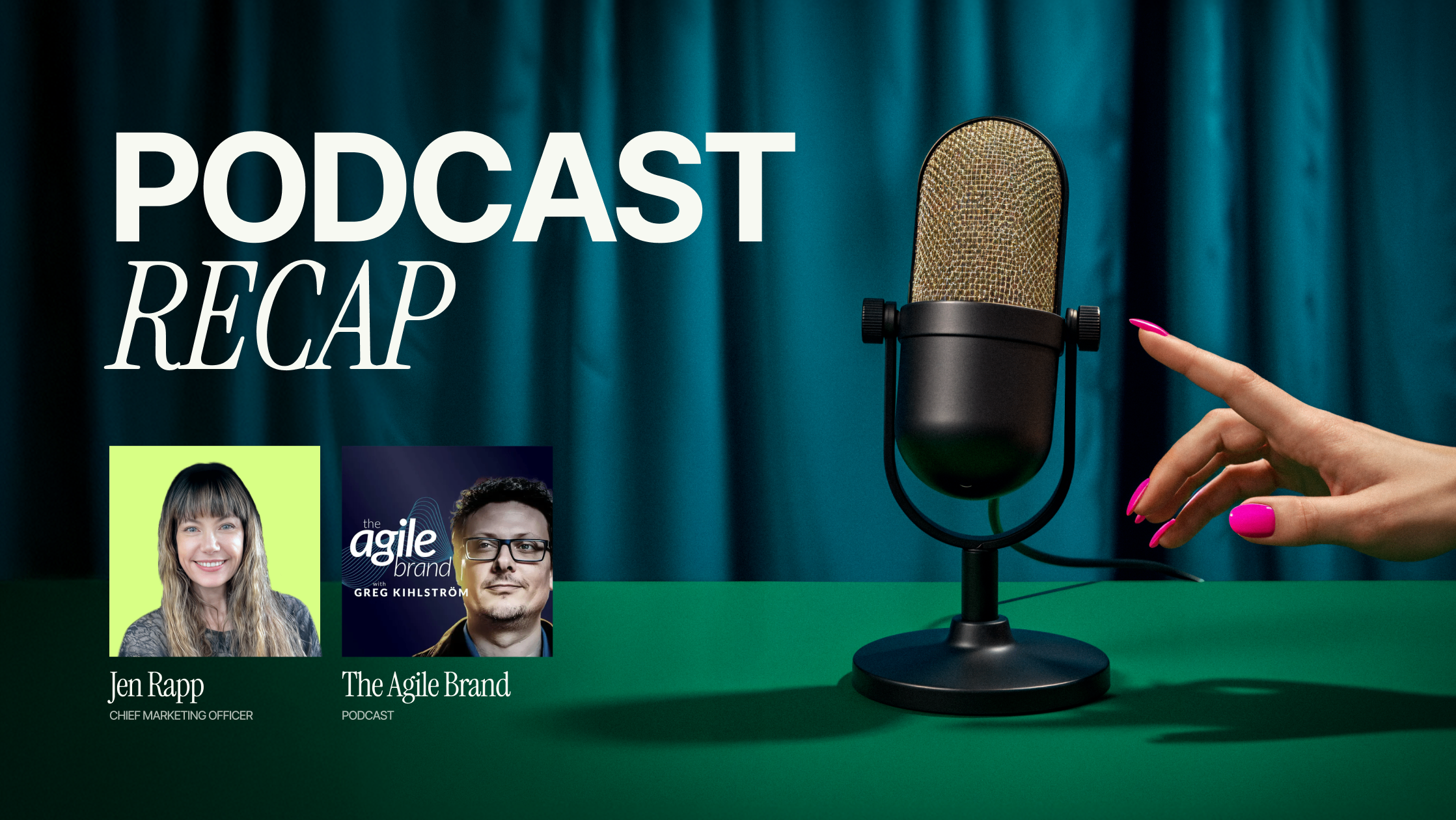
How Superside’s CMO is redefining creative leadership in the age of AI
“Creative is the new targeting.” This mic-drop moment from Jennifer Rapp, Chief Marketing Officer at Superside, perfectly sums up the spirit of her conversation with Greg Kihlström on The Agile Brand Podcast. As brands continue to ride the AI wave, Rapp is steering Superside—and the broader marketing world—toward a creative-first future. Here are the biggest takeaways from the episode, no fluff, no filler.From rock climbing to leading creative at scaleRapp’s story is anything but typical. She went from copywriting for a rock climbing brand in college to spending a decade at Patagonia, learning the ropes of brand storytelling long before “purpose-driven” marketing was table stakes.Her journey took her through the fast lanes of tech at DoorDash and Klaviyo, all the way to leading Superside’s rebrand—an AI-powered creative force built to support bandwidth-stretched internal teams. Rapp’s secret to staying agile? It’s not a productivity hack—it’s personal.AI is not the enemy—it’s the opportunity
The funny side of creative marketing
Between endless revision cycles, AI panic and marketing trends changing faster than we can say “metaverse,” burnout is real. But here’s the good news: there’s one thing that can help teams push through the chaos and creative clutter—humor.At Superside’s recent Overcommitted Virtual Summit, cartoonist and marketing legend Tom Fishburne reminded us that laughter isn’t just a coping mechanism—it’s a creative superpower. In this recap, we’ll break down the biggest insights from the session. (Plus a few marketing mishaps you definitely don’t want to repeat).The case for creative comedyHumor is everywhere and it only takes opening our eyes to find it in our day-to-day lives. Fishburne kicked things off with a story about his dishwasher breaking down. The screen flashed “FU” over and over again—turns out, that stood for “failed unit.” While hilarious in hindsight, it was also a perfect metaphor for how brands often get in their own way.Marketing and creative teams work tirelessly on campaigns, yet somehow, the final product can feel like a robotic, soulless mess. Why? Teams are too busy and we take ourselves too seriously.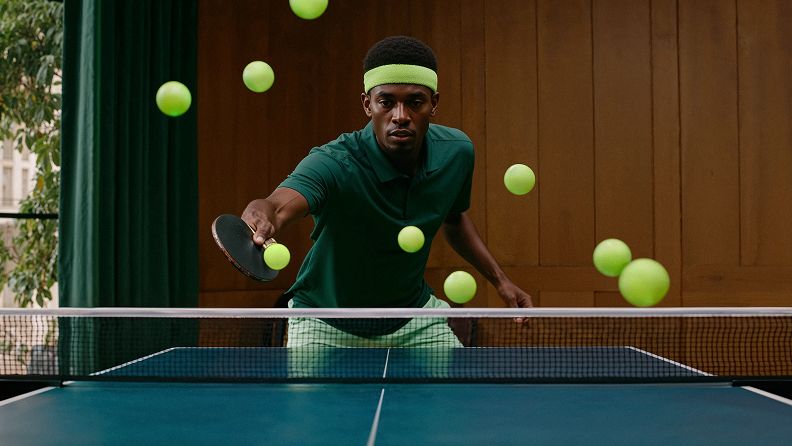
The new era of creative leadership
Sometimes, it can feel like burnout is the only constant for creatives. We’ve heard it from creative teams over and over again, from small brands to global powerhouses. There is a seemingly never-ending list of assets that need to be built and campaign deadline after campaign deadline.Not only that, but almost every project is critical. When we spoke to 200+ creative leaders about the issues affecting their teams for Overcommitted: The State of In-house Creative Teams in 2025 report, they shared that 55% of their projects were marked “high priority”.When everything is important, how do you manage business demands while helping your team maintain their creative integrity (and not burnout)?We went to one of the experts to find out. James Hurst, former creative director at Tinder, joined us for our Overcommitted Virtual Summit to share his experience in prioritizing what matters, culture-building, risk-taking and his thoughts on the role of artificial intelligence (AI) in creativity.1. Stop creative burnout

